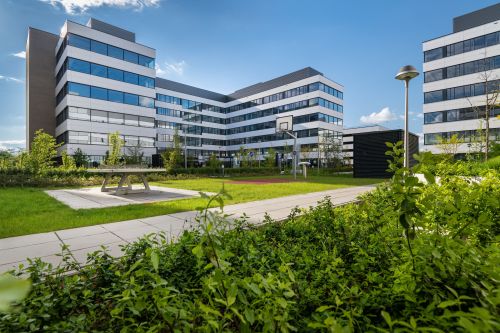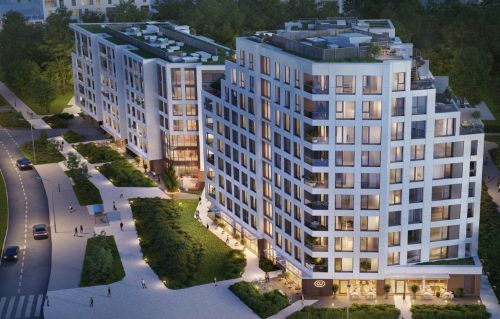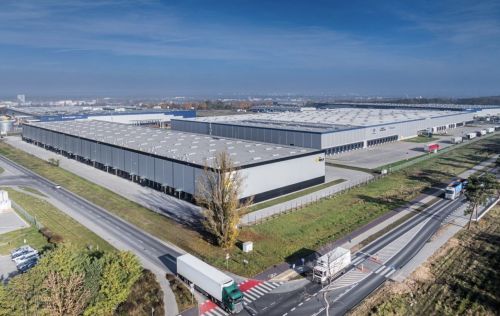The turbulent energy situation in Europe, together with wider pressures to increase business sustainability and mitigate climate change, are naturally leading companies to seek out new and greener energy sources. Central Europe has seen growing demand for solar panels in recent years with all the indications suggesting that this trend will continue in the years to come. It is, however, important to note that this booming demand is largely driven by households, where consumption – compared to logistics parks – is incomparably lower, and which often benefit from well-established forms of state funding.
Growing demand
Photovoltaic power plants are, however, no strangers to logistics parks. Various leading developers, including Prologis, are already installing such plants on warehouse rooftops around the world to help customers meet their own ESG targets and reduce energy costs. However, large-scale PV projects are still rare in the CE region, with several factors standing






























































